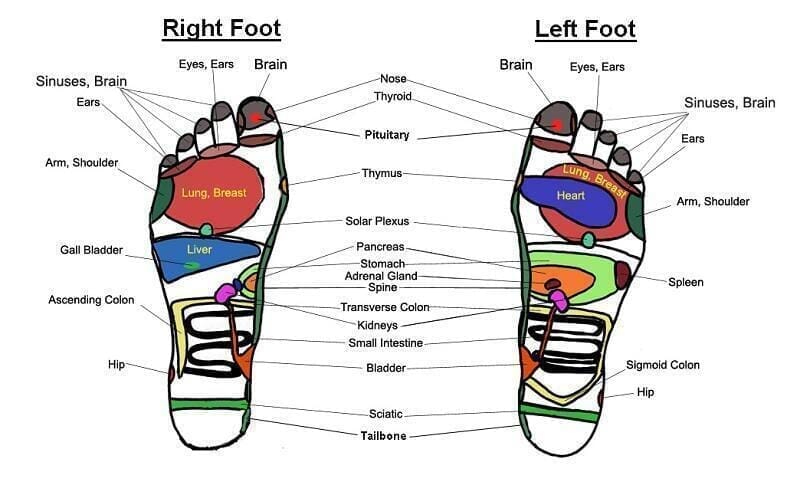A Guide to Clean Eating for Beginners | Herbal Goodness
Clean eating doesn’t have to be complicated. This article outlines steps to help you support your eating habits.
So, you've decided to start living healthier?
Great choice!
Living healthy starts with clean eating (and getting good sleep, of course).
Clean eating is about making mindful choices about what you consume.
It begins with lessening nutritious options with those foods we learned about in elementary school: lean protein, whole grains, healthy fats, fruits, vegetables, and plenty of water.
In essence, clean eating is about returning to the basics.
Here are a few tips for clean eating beginners that will help you get started:
Limit Processed Foods
One of the first steps in clean eating is to lessen processed foods.
We know processed foods aren’t the healthiest, but their taste and addictive nature make them hard to avoid.
We’re not suggesting you cut off processed foods entirely – although that would be ideal. Life is meant to be enjoyed, not to follow a strict diet plan.
Some processed foods can be part of a healthy diet. For example, cheese, plain yogurt, packaged baby spinach, and whole-wheat pasta can be good choices.
Choose Whole Grains
Switching from refined carbs (like white bread, sugar, and white pasta) to whole grains offers more fiber, anti-inflammatory phytonutrients, and antioxidants.
Whole grains can also support weight management. These grains have undergone minimal processing – think oats, wild rice, and quinoa.
Be cautious with products labeled "whole grain"; check the ingredient list to ensure whole grain is listed first and that there are no added sugars.
Eat Meat in Moderation
Clean eating isn’t the same as veganism. It doesn’t require eliminating meat but encourages moderation.
Excessive consumption of red meat can be linked to various health concerns. The recommended daily protein intake is about 0.8 grams per kilogram of body weight – roughly 56 grams for the average man and 46 grams for women.
Opt for organic meat, such as grass-fed beef or wild-caught salmon. Also, limit processed meats like cold cuts, sausage, and bacon.
If you prefer not to eat meat, consider eggs, nuts, beans, and dairy products with simple ingredients and no added sugars.
Incorporate Fruits and Vegetables
From a young age, we’re advised to include fruits and vegetables in our daily diet.
Fruits and vegetables are highly beneficial. They provide essential nutrients that help support your immune system and reduce the risk of chronic conditions such as type 2 diabetes, high blood pressure, obesity, heart disease, and certain health concerns.
They also contain fiber, which supports gut health and reduces the risk of certain diseases.
Always choose non-GMO and organic produce when possible.
Lessen Added Sugar
Beginner clean eating involves cutting back on added sugars. This means limiting sweet treats like baked goods, candy, and sodas.
Check ingredient lists of healthier options like yogurt, cereal, and sauces to ensure they don’t contain added sugars.
Avoid artificial sweeteners and table sugar when possible. Natural sweeteners are preferable.
Don’t worry about naturally occurring sugars in fruits and dairy. These are balanced by the natural fiber, fat, and protein in these foods, which helps manage your body’s insulin levels.
Cut Down on Sodium
Many people consume more sodium than recommended, partly due to processed foods.
To lessen sodium intake, use coarse sea salt or kosher salt, which contain less sodium.
Flavor your meals with natural herbs and spices, citrus, and vinegar to reduce the need for added salt.
Follow this straightforward guide to clean eating, and you’ll be on your way to a healthier lifestyle!
Read More: Tips for Eating Clean and What it Really Means | Herbal Goodness
ii Are pesticides really harmful to the food I eat? | Herbal Goodness
iii Jumpstart Your Clean-Eating Meal Plan This Week With Papaya! | Herbal Goodness










